SPECIALITY LIGHTING (UV - A, B, C)
Calibrated and ready-to-measure instruments for UV special lamps and sources
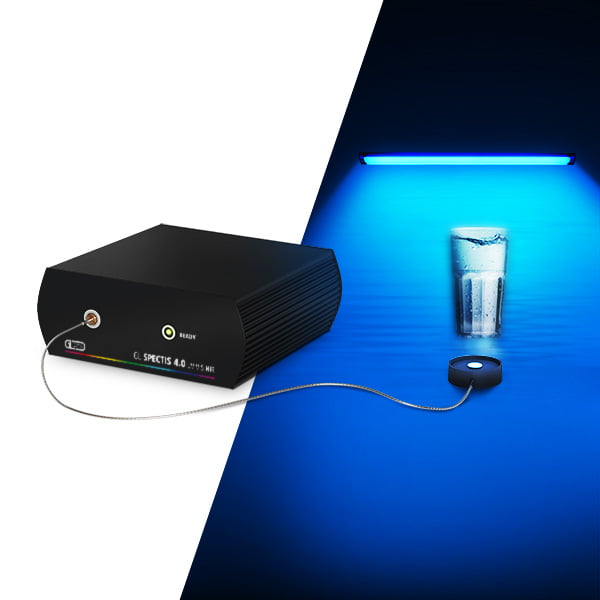
Instruments for UV special lamps and sources
Calibrated UV meter
Immediate performance control
Develop better UV LED products
Make sure to choose the right equipment
Working with industry’s most innovative companies:
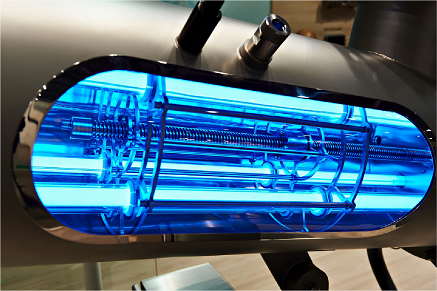
Disinfection lamps
How to measure disinfection lamps?
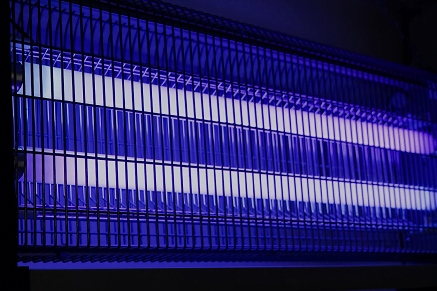
Pest control lamps
How to measure pest control lamps?
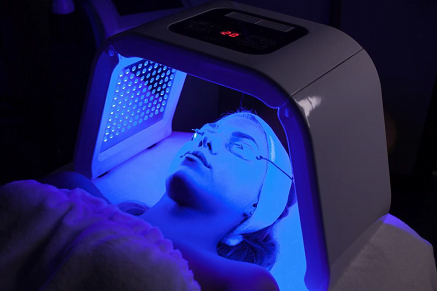
Medical treatment lamps
How to measure medical treatment lamps?
Testing solution can be realized with the use of GL SPECTIS 4.0 UV-VIS-NIR or GL SPECTIS 5.0 Touch that can be/are available calibrated in required UV-B and UV-A range. Different fiber optic connections and probes are on demand depending on the application. A range of integrating spheres designed to measure optical power is available with the possibility of their customization for different sizes of the tested products.
Build your own set
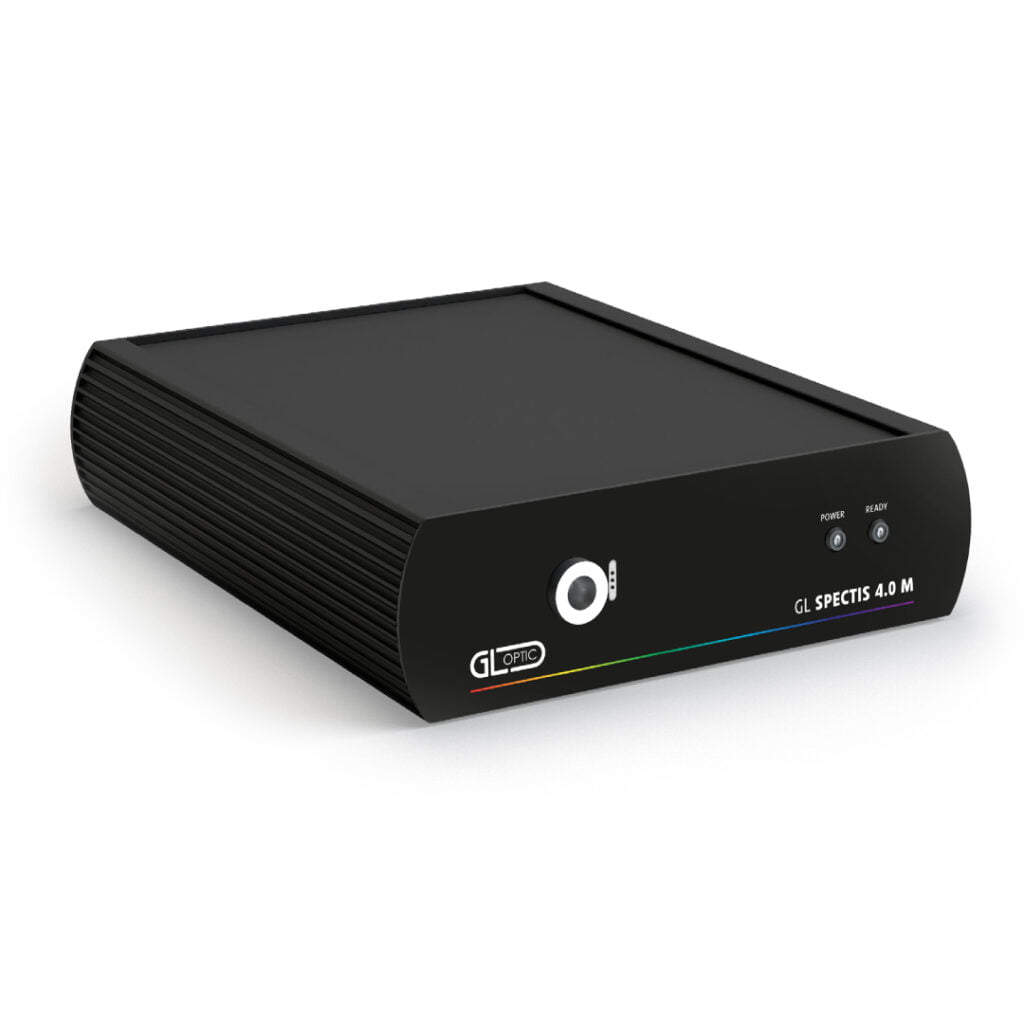
GL SPECTIS 4.0 M UV-VIS-NIR
- Optimized solution for fast and accurate characterization UV-VIS-NIR radiation sources, it covers an extended spectral range from 200-1050 nm (UV VIS to IR)
- It features a large laboratory grade back thinned CCD sensor from Hamamatsu delivering extraordinary stability over longer exposure times.
- It is ideal for LED measurements and can be paired with any of our integrating spheres and goniometer systems for advance measurements in accordance with CIE 127:2007 and CIE 025/E:2015
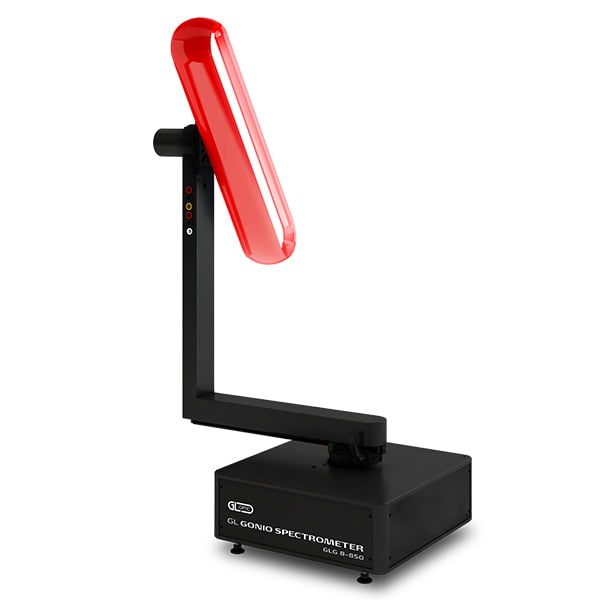
GL GONIO SPECTROMETER GLG 8-850 for UV-VIS-NIR
- A unique tabletop goniometric system for small LED lamps, modules and components performance UV measurements
- Automated tests and measurements of UV LEDs radiant intensity distribution including radiometric [mW] scaling
- Complete with UV VIS NIR Spectro-Radiometer, PC and dedicated software suite
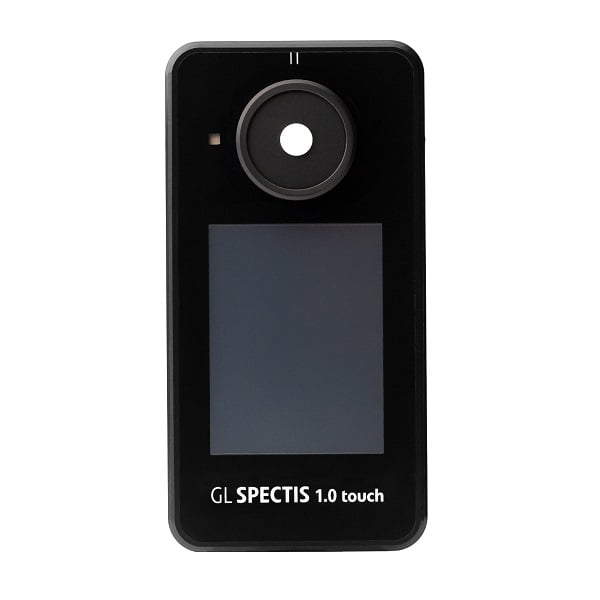
GL SPECTIS 1.0 TOUCH
GL SPECTIS 1.0 Touch is an essential tool for R&D departments, application engineers and developers for:
- Checking the influence of dimming
- Testing diffusers or optics installed on LEDs
- Monitoring changes of spectra, color or luminous flux

GL SPECTIS 5.0 TOUCH
Laboratory grade, extended range GL SPECTIS 5.0 Touch smart spectrometer. This high performance instrument can be used in accredited laboratories, scientific and R&D departments where characterizing outside the visual range is needed.
- For general lighting systems and specialized technical lighting measurement
- Can be calibrated to provide immediate effective values measurement like PBAR or Photon Flux
- Extended spectral range calibration of the sphere system from 300 nm for Total Flux
- High resolution and low stray light instrument ideal for advanced analysis of SPD
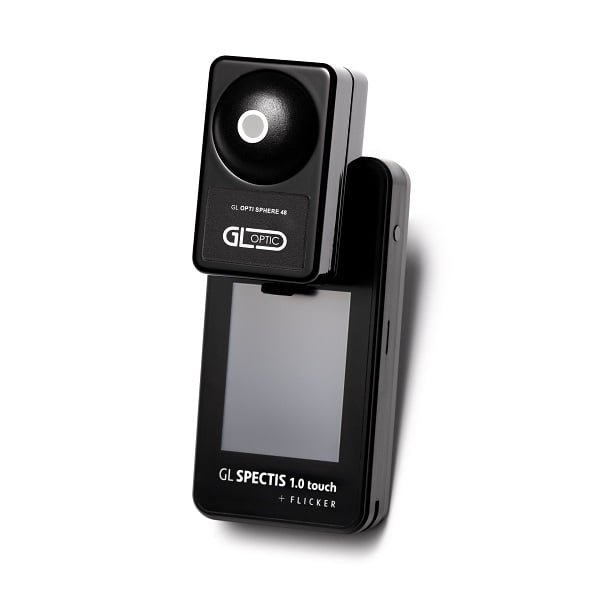
GL OPTI SPHERE 48
Using the GL OPTI SPHERE 48 can be mounted directly to the GL SPECTIS 1.0 Touch to form a portable flux measurement system with:
- Apertures for different size LEDs
- Extended dynamic range adapter
- Special accessories for QC/QA